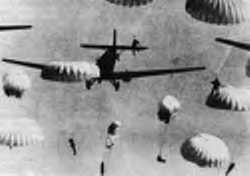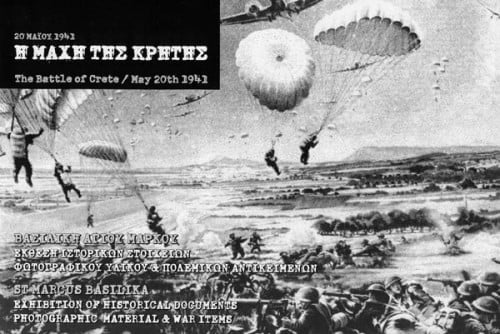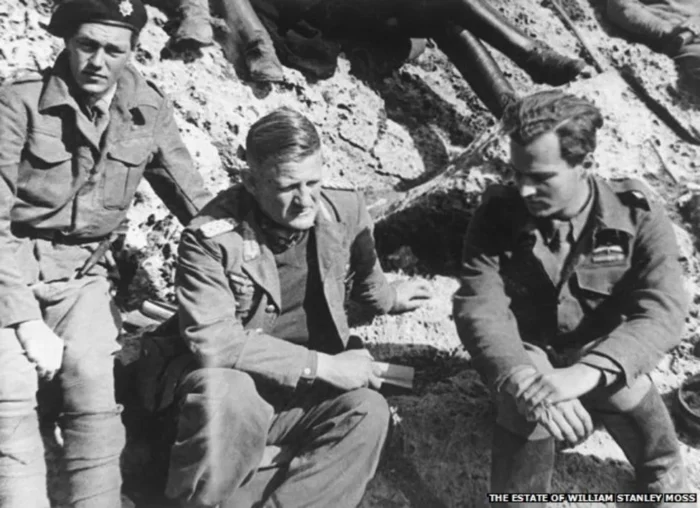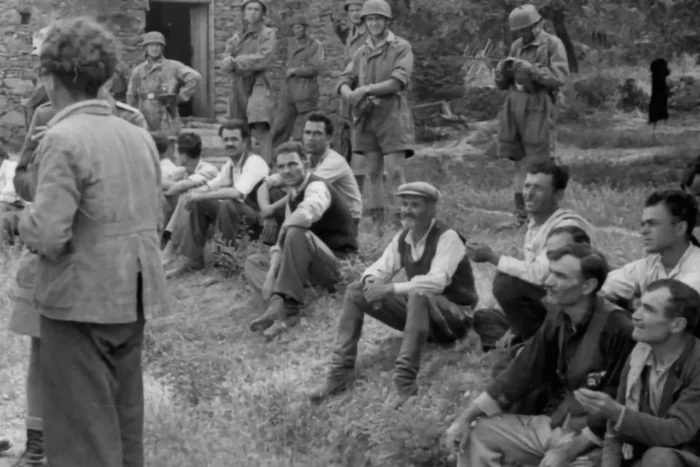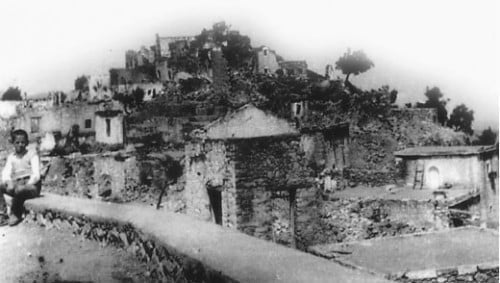Working in the Labyrinth for the German Army in 1943
I went into the labyrinth of Messara for the first time in 1943 when the Germans came and took us for compulsory labour. I was young and worked in the place of my older brothers who had to work elsewhere to make ends meet. Many of us kids did it, but the younger ones, like us, had to stand on the rocks so the Germans wouldn’t see how small we were and send us away.
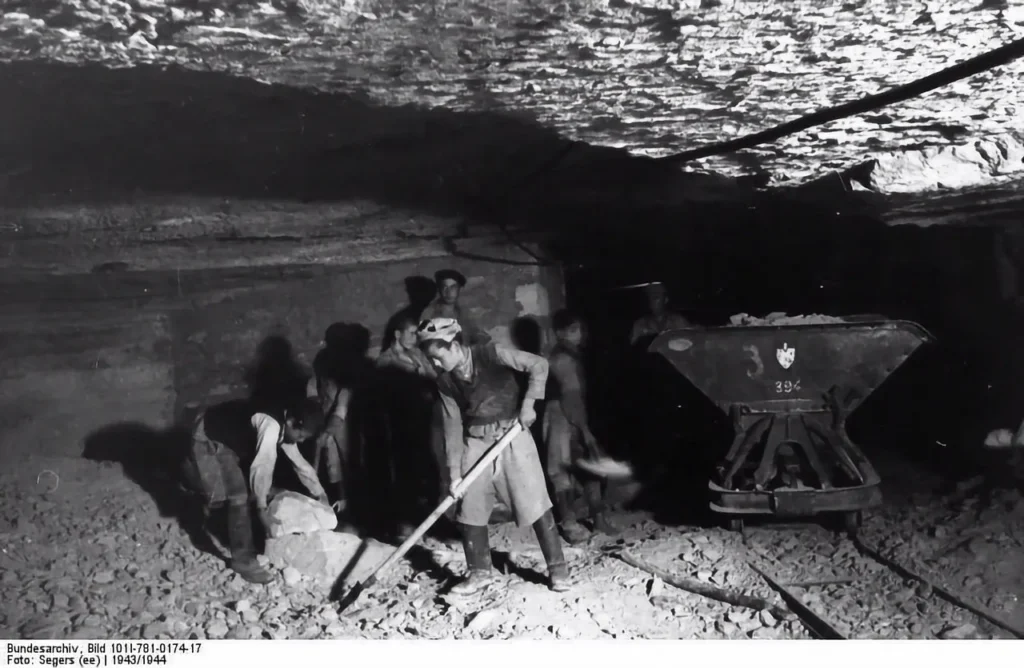
A lot of people worked in the labyrinth then. We cleaned up after the Germans who were cutting the wood needed for constructing the warehouse. We carried the wood with the rail cars, and where we emptied them, a village square was beginning to form.
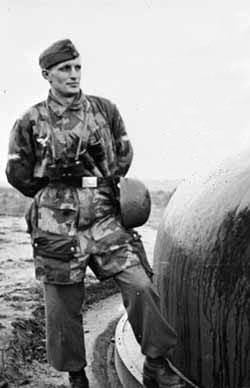
When we cleaned out part of the cave up to the point where the water dripped – by the reeds – we then started storing German firepower. They had various shells, dynamite, land mines, pistols and other guns, in addition to food stuff.
Many say there were no pistols and guns in the labyrinth, but I know they were there because I actually oiled them. However, they have not been found yet. They were kept inside the first gate on the right. We also stored shell casings. Each one was about one meter. We would oil them and put them in boxes – six to a box, three in the bottom and three on top.
Once the Germans left I didn’t go back to the Labyrinth for many years. It wasn’t until 1953 that I went in again, with some other people, and I went to where we oiled the guns to see what became of them. Mostly everything was petrified due to the explosion. Nothing was where it should have been. All the little compartments with the guns, shells and dynamite had disintegrated, and the cave had collapsed in many points, burying everything around.
A lot of damage was also caused by the 1961 explosion. I was in Kasteli then. We heard that someone from Mires was out looking for some kids who had gone in the labyrinth. So when we heard the big boom we cringed. One Dimitris Doxas from Mires, who thought his son was in there, came to Kasteli to find him. Because he didn’t know the way, he asked some kids to take him to the cave and said he would give them 10 cents. Just then, Stelios Tzagaroulakis, about 13 years old, had come out to play. He was the brother of the later General Tzagaroulakis. He was an excellent student, always studying, and his mother often would tell him to take a break and play with the other kids. Stelios said to Thoxas: “I will take you uncle and I don’t want any money.”
They went via a little-known path to gain time. As they neared the Labyrinth entrance the explosion broke out inside. Three kids, probably looking for gunpowder, started the fire accidentally. Thoxas’ kid was not among them. He had left earlier with some other kids and was already returning to Kasteli via the regular road. The explosion hurled Stelios Tzagaroolakis 500 meters. He suffered head wound and his brain matter emptied out. His right leg had turned over the wrong way, and he had a lower belly wound. Thoxas was blown to pieces right there by the entrance. Immediately, the 75th Army Post was notified. They rushed to the scene in a jeep, and some of us from the village went to see what had happened. As soon as we saw the tragedy, we brought two white sheets from the village and wrapped them up and took them to Kasteli by car. The three kids in the cave were never found. Only a leg was found somewhere nearby. The kids were from Mires but I don’t remember their names.
It was dangerous then to enter the cave, but I guess they didn’t think about it. In older times the only thing you had to be afraid of upon entering the cave was the darkness. As a child I had entered quite far into the cave and wrote my name next to many others. My father, my grandfather and my brothers had entered many times and had also written their names.
They were shepherds and they used to graze their flocks around there, and entered the Labyrinth often because it was always warm in the winter and cool in the summer.
The Labyrinth was a quarry in olden times, and many monuments were built with stone from there. During the Turkish occupation many families, especially from Kasteli, lived in the cave in their attempt to hide out from the Turks. Indeed, you could hide out in the labyrinth so no one would find you, but you could also easily get lost due to the darkness and the many, many passages, and ins and outs.
MANASSAKIS ILIAS, MIRES, CRETE
NOTE. This story comes from the book “The Labyrinth of Messara” by Kaloust Paragamian and Antonis Vasilakis.
Read more:
- The Labyrinth of Messara in Crete
- Working in the Labyrinth for the German Army in 1943
- The Interpreter for the German Army in the Labyrinth of Messara
- Famous Visitors in the Labyrinth of Messara
- Inscriptions on the Walls of the Cave
- Present and Future for the Labyrinth of Messara
© explorecrete.com All Rights Reserved. Reproduction or copying without permission is prohibited.


